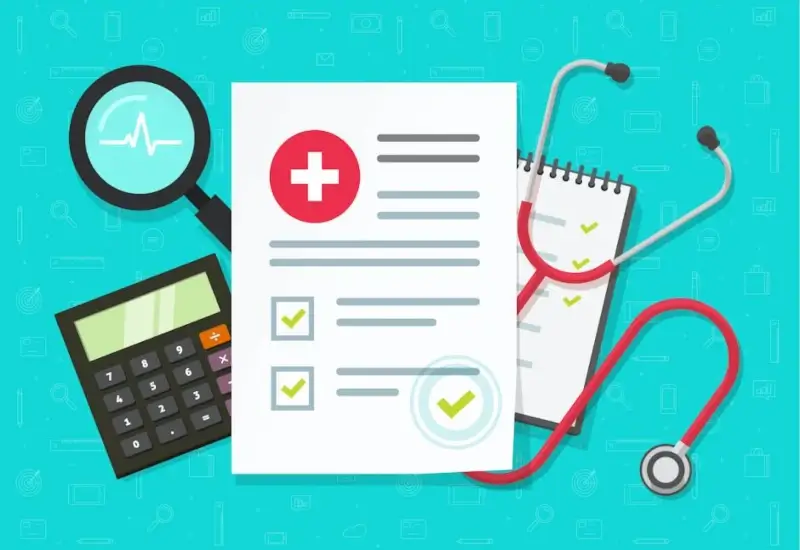Drafting a proposal for an IIT (Investigator-Initiated Trial) or a grant is a difficult task even for the most seasoned academic. Even harder is crafting an application that will be successful and approved for funding. In this article, we’ll share some of our in-depth strategies to help you write your next application and improve your chances of success.
Know your Audience
The first step to writing a proposal is actually not to write, but instead, find out who you are writing for. Your target audience, or more specifically, the decision-makers or reviewers for your application will set the theme of your entire proposal, including the required content, tone, and style of writing.
In terms of an IIT or a grant application, the various types of people who might review an application can be broadly classified as either academics or business people. Academics prefer proposals that focus heavily on the technical and scientific aspects of the project; they care about “how” the problem will be solved. On the other hand, those in business lean towards proposals that focus on the global impact of the solution and the market size; they care about “why” the problem should be solved.
Determining your reviewers for your application requires a bit of research. One strategy is to reach out to successful past applicants for their insights. Furthermore, they may be able to share with you their application, which you could use as a template for your proposal. If you are unable to narrow down who will read your application, then your proposal should be crafted in such a way that appeals to both the academic and business mindsets.
Topics to Include
Whether you’re applying for an IIT or a grant application, there will be some sort of document with guidelines that will detail the number of pages, words, and even subsections that should be included. Please closely adhere to the rules (especially word counts) because most reviewers have a very limited amount of time to review each application.
Aside from these rules, the information to be included in the proposal is most often left to your creativity. That being said, we recommend that you should always include the following pieces of information:
- What is the problem? How are people suffering because this problem is not currently solved?
- Who is affected by this problem? How many of them are there? What is the total market size?
- How is this problem being solved today? How are your competitors solving this problem?
- What is your proposed solution? Describe your novel scientific or clinical approach.
- How is your solution better than existing approaches?
- What will be the global impact of your solution?
Sequence of Ideas
Imagine going for a 3-course dinner, but having the dessert served first, followed by the appetizer, and then the main dish. You would not be pleased even though the overall contents of the meal were the same. The logical sequence of ideas is essential for any good proposal, and it typically follows a funnel-shaped approach. It should begin with a broad background and slowly narrow down to your specific idea. A typical sequence for an IIT or a grant application would be as follows:
- Problem description and its impact
- What people have done and are doing currently
- What are the disadvantages of the current solution?
- What is your solution, and how does it work?
- The benefits and impact of your solution
Keep in mind that different audiences will prefer a slightly different sequence of ideas. For example, business people or those who have limited time would prefer that you first state what your solution is and its benefits before going into detail about the problem.
Keeping the Language Simple
One of the problems that we often notice in applications is the amount of unnecessary technical jargon. On the one hand, you want your writing to sound intelligent. On the other hand, you also want your writing to be understood. Often we forget that the people who will be reviewing the application might not be an expert in our fields. Our advice is to keep your proposal as concise and straightforward as possible. For instance, avoid using words that are highly technical or field-specific and replace them with commonly used terminologies or phrases. Alternatively, if you have to use a technical term, then make sure to add a definition to help improve its clarity. It should be written such that someone with a first-year university or college education could understand. However, keep in mind that simplifying does not mean leaving out necessary information or dumbing down your writing. In the case of oversimplification, your reviewer might view that as a sign of unprofessionalism or that you have not put in adequate effort.
Include a Picture
A picture is worth a thousand words, and even more so in a highly word-restricted application. The added visual information will not only help better explain your ideas to the reviewers but will also make your application more memorable. However, ensure that if you do include a picture, that it is of the highest quality and professional. Otherwise, a bad image can have the opposite effect and weaken your application.
The Persuasive Element
One of the critical elements that separate an outstanding submission from a good one, the ones that get funded from those that get rejected, is the persuasive element. Unlike writing a report or a manuscript, the purpose of a proposal is not just to tell someone about your idea but also to convince them that it’s the one that should be funded. Persuasive writing is an art form that combines both logic and empathy. Not only do your reviewers have to understand the reasoning behind your idea, but they must also feel compelled to take action. One strategy is to highlight the pain of the problem and the impacts of your solution. For example, you could highlight the suffering of a particular disease or the economic burden that it brings. Furthermore, you could show how your approach will not only improve the lives of those affected but also reduce costs for the healthcare system.
What’s Different About You?
When you write a proposal, try to think from the perspective of the reviewer. They are not reviewing only your proposal, but likely hundreds more during an application round. So, what is it about your application that stands out from the rest? If your solution to a problem has advantages and benefits over others, then make sure to highlight and emphasize it. However, avoid using languages that critique or devalues other solutions because it may be viewed negatively by the reviewers. For example, instead of saying a competitor’s product is worse than yours, you could instead highlight the benefits of your approach.
Writing a proposal is no easy task (we know), and it will take many attempts before you finally get one that is accepted. But do not feel discouraged, as the more you write and the more applications you submit, your chances for success significantly increases. For more help on writing or revising a proposal, please contact Sengi.


